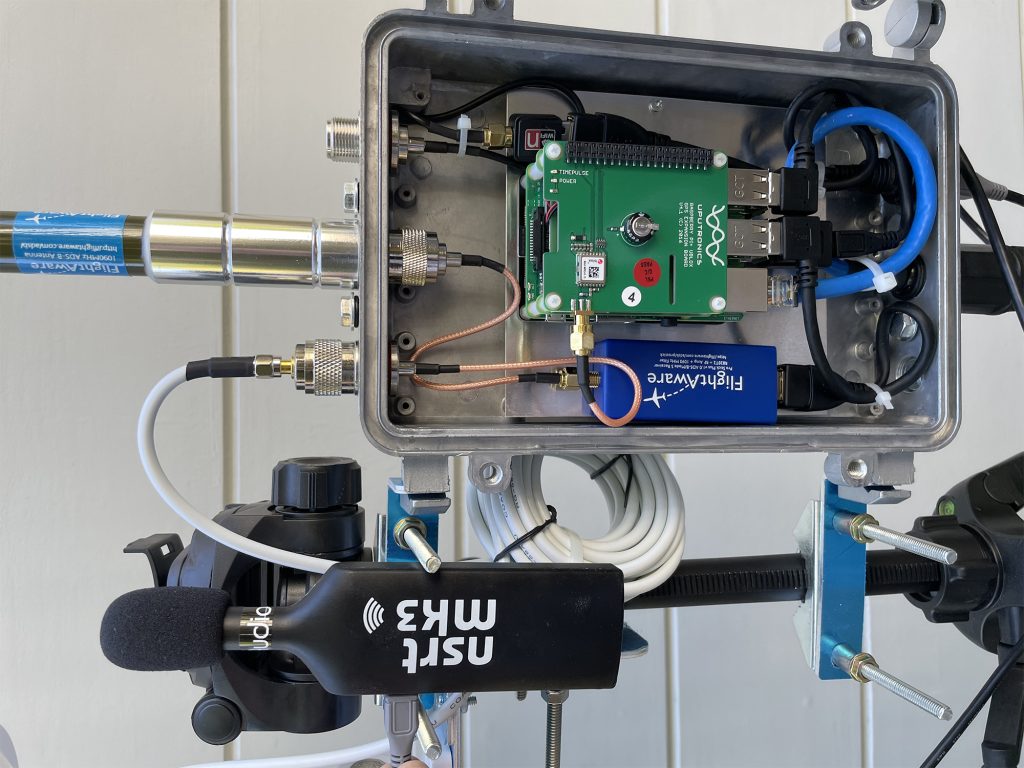
When it comes to planning urban development and environmental conservation, aircraft noise management has emerged as a critical challenge. The Metroplex Overflight Noise Analysis (MONA) project, a groundbreaking initiative, has been at the forefront of tackling this issue through advanced “aircraft noise analysis” and “noise prediction methods.” Utilizing state-of-the-art “noise meters,” the project aims to revolutionize how communities understand and mitigate the impacts of aircraft noise.
Aircraft noise pollution affects millions worldwide, disrupts ecosystems, affects human health, and reduces the quality of life for people residing within flight paths. The need for precise noise analysis has never been more pressing. This is where the MONA project steps in, offering comprehensive insight into the patterns and intensity of aircraft noise across various communities.
Traditional noise prediction methods often fell short in accuracy, leading to gaps in noise management strategies. MONA introduces innovative noise prediction methods that leverage real-time data and advanced computational models. This approach allows for more accurate forecasts of noise pollution levels, enabling policymakers and community planners to make informed decisions.
Key to MONA’s success are the “noise meters” deployed in multiple locations. These devices collect detailed decibel readings of overflights, providing a wealth of data for analysis. By understanding the nuances of noise levels throughout the day and in various weather conditions, MONA can pinpoint noise hotspots and identify trends over time.
The MONA project is more than a data collection initiative; it’s a catalyst for change. By making its findings accessible and understandable through dynamic graphics and reports, MONA empowers communities, aviation authorities, and environmental groups to engage in informed dialogue about aircraft noise and its mitigation.
Looking forward, we know the insights gained from the MONA project will lay the groundwork for future innovation in aircraft noise analysis. The adoption of more sophisticated noise meters, coupled with advancements in prediction algorithms, promises a new era where noise pollution can be managed more effectively, ensuring the well-being of communities and the environment alike.
The MONA project journey highlights how technology, environmental science, and community advocacy are all interrelated. By advancing our understanding of aircraft noise and improving prediction methods, MONA not only addresses a pressing environmental issue but also sets a precedent for future research and action in urban planning and noise management. As we continue to navigate the challenges of modern living, such initiatives serve as beacons of hope, guiding us toward more harmonious coexistence with our surroundings.
Proceeding Paper
Engineering Proceedings is an open access journal dedicated to publishing findings resulting from conferences, workshops, and similar events, in all areas of engineering.
Convergence Instruments 2024 © All Rights Reserved | Privacy Policy and User Agreement | Terms and Conditions | Limited Warranty